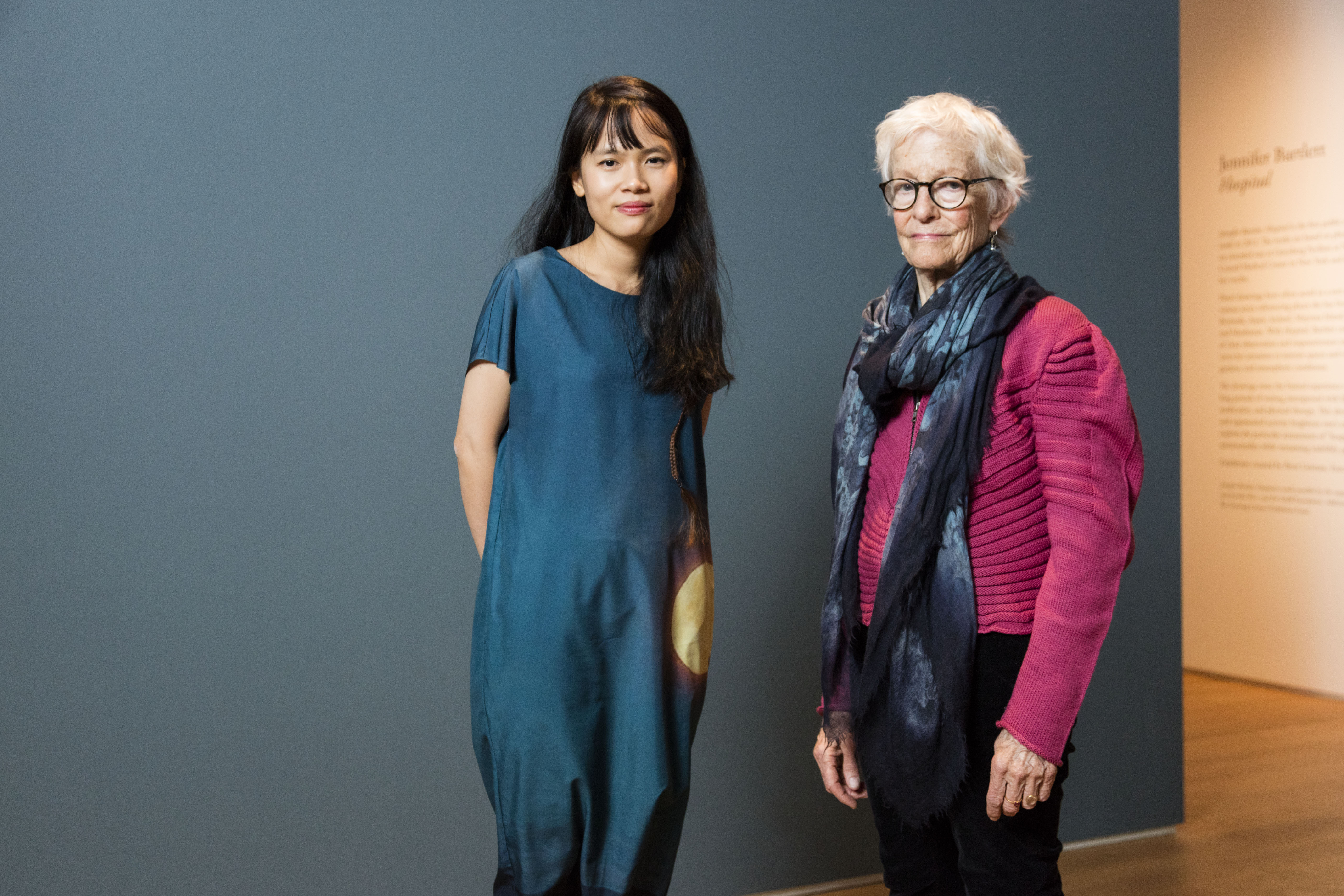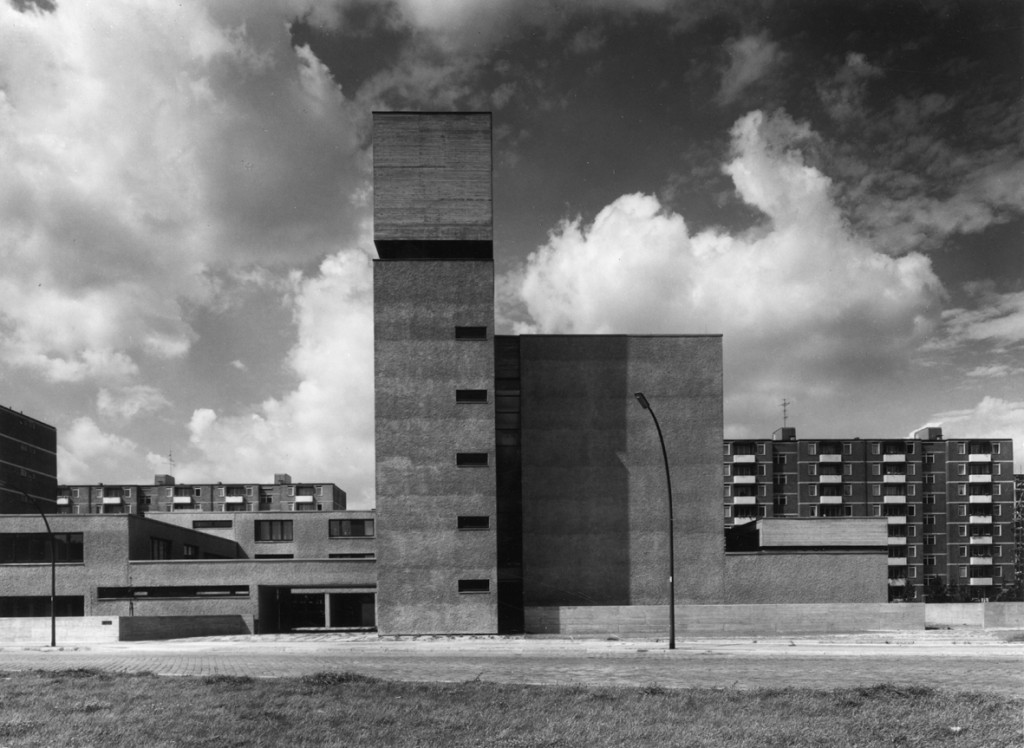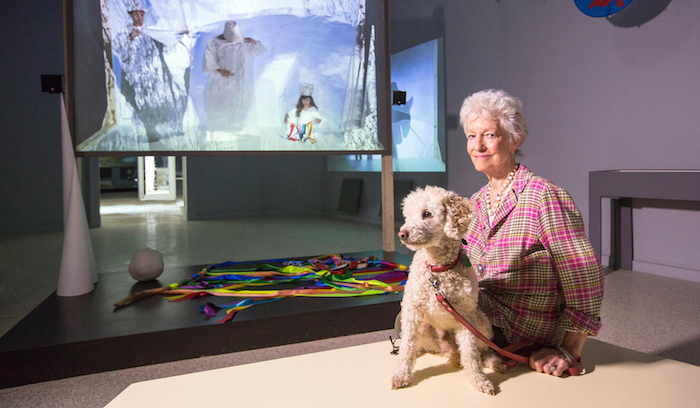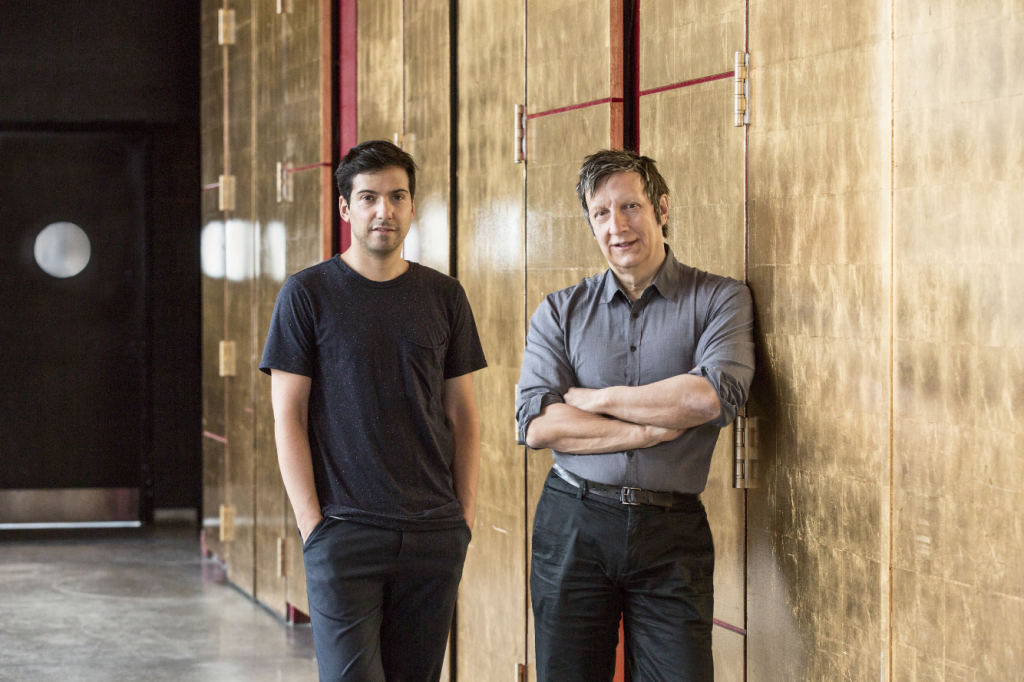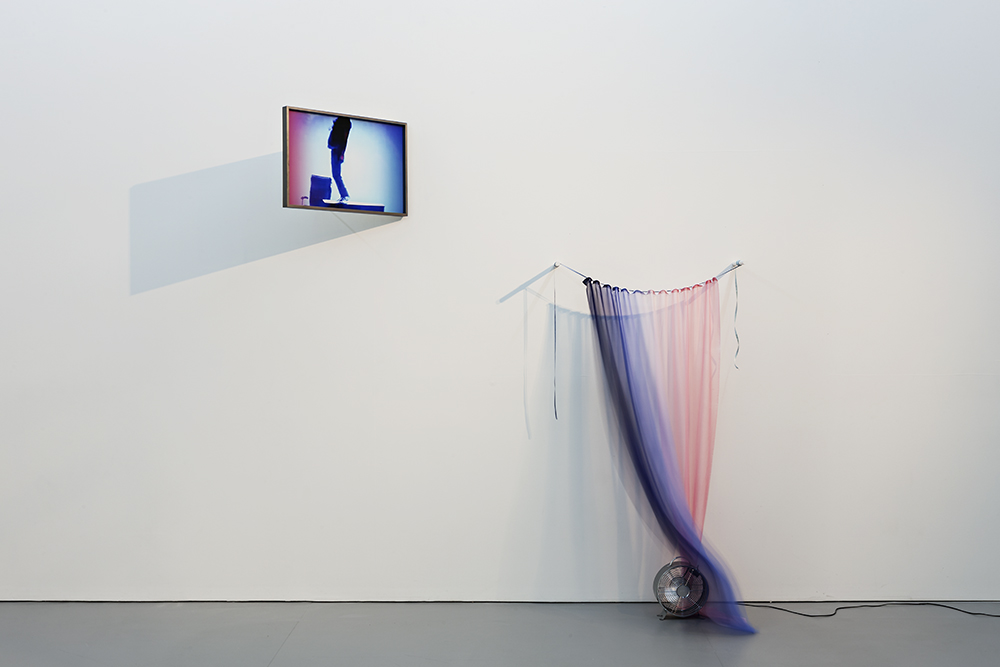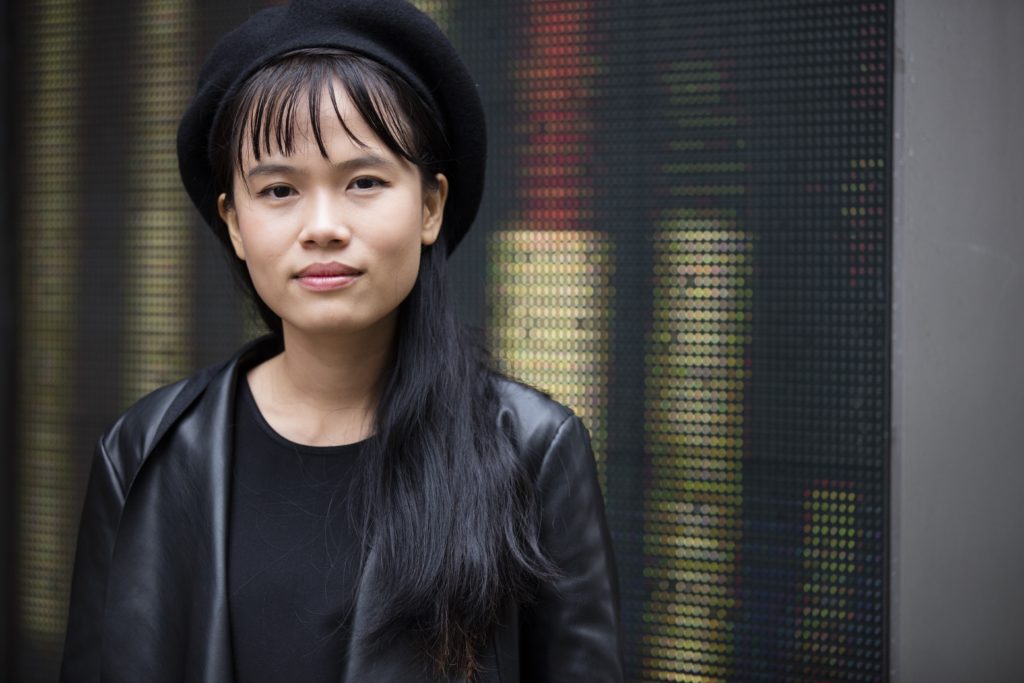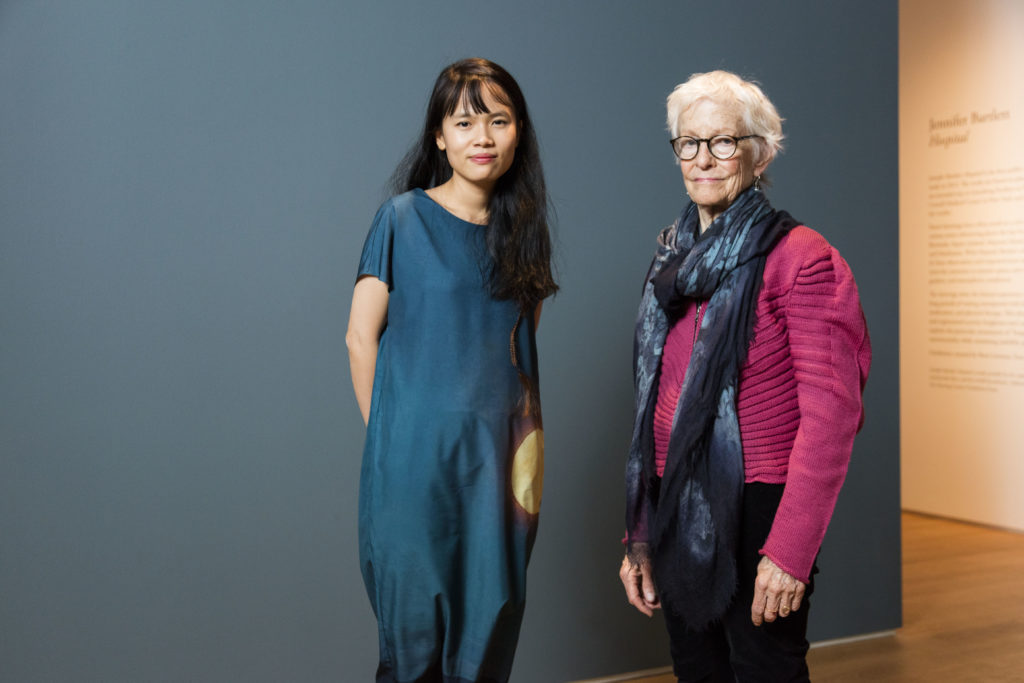
THE TWO DAY FESTIVAL OF ARTS BY ROLEX ARTS WEEKEND WILL TAKE PLACE FROM 3-5 FEBRUARY IN BERLIN
By Crash redaction
The Rolex Mentor & Protégé Arts Initiative was set up to assist emerging artists and match them with established artists for a year of creative collaboration. The project was born out of a desire to replicate the artistic mentorship practiced in the Renaissance between the great masters and their disciples, adapting it to our time and making this program an apprenticeship for both the protégés and the mentors involved. Thao Nguyen Phan was the visual artist chosen in 2016 to be the protégé of the legendary Joan Jonas. Despite being from two different eras and two different parts of the world – one born in Vietnam in 1987 and the other in New York in 1936 – they were able to inspire each other and find a common desire to tell stories across multiple mediums. For a year, Thao Nguyen Phan had the opportunity to participate in numerous projects with her mentor and produced her first personal exhibition “Poetic Amnesia,” last April, reflecting her personal vision of Viet Nam and its social issues.
The Rolex Arts Weekend in Berlin, which starts tomorrow, will be the closing event of last year’s mentoring program, with exhibitions, performances, readings and conversations. All the events will take place in four Berlin institutions : the Deutsches Theater, the Gemäldegalerie, the Staatsbibliothek and the Kammerspiele. On Monday, the four new protégés and mentors (in architecture, dance, music and literature) will be revealed. Thao-Nguyen Phan will be there on the first day to present Poetic Amnesia, accompanied by Joan Jonas. Rediscover our interview with the talented artist below.
You participated in the Rolex Mentor & Protégé program in 2016−2017. What motivated you to take part in that project?
Actually I did not know the program before my nomination, due to the limitation of art news in Vietnam. However, when I received the nomination and started to research about the program, I got motivated by its unique model. The one-to-one relationship of a mentor and a protégé has a long tradition but always feels contemporary. Many previous mentors and protégés are also artists that I admire.
I am extremely lucky that my mentor was Joan Jonas. I only knew her work very briefly when I was studying for my MFA in Chicago, so I was worried when I first met Joan. I was afraid that I did not know her work well enough. However, when I met her I felt familiar and comfortable, as if we had known each other well (maybe in our past lives). I am very intrigued by Joan’s commitment to experimentation and her ability to reinvent herself from one project to the next. These qualities gave me confidence that the program was suitable for me and that Joan and I would create a long-lasting relationship.
How did Joan Jonas’ vision and yours intertwine? What are the main aspects you learned from her?
Joan and I are both fascinated by the culture of the East. We do not eschew using tradition, folklore, and literature as sources of inspiration. The way Joan works, she is so open and free. She is working all the time and looking at things and shooting videos. She doesn’t have to have a fancy camera; she can just use her iPhone and make good work. So that’s the most important lesson. I learned from her: you just work with what you have and maybe what you have is very rich.
After a year of mentoring, did you feel that you advanced in the way you make art?
What is very special about the program is I did not have to have a physical project that is considered “the result” of the mentorship. The result of our mentorship lies in the profound experience that I had with the mentor, the great life lessons that can be used in many years to come. Joan has given me immense support, and collaborating with her and observing her work has changed my artistic vision in a positive way. I cannot articulate what the evolution is yet, but this positive energy is like a seed that keeps growing.
Since working with Joan Jonas, you have experimented more with video. How did you construct these videos?
I worked with video before, but it was only when I met Joan that I learned the unique characteristics of moving images for experimentation and the construction of narratives. Since I always consider that my painting and drawings have filmic qualities, moving towards video is something that felt natural and exciting for me.
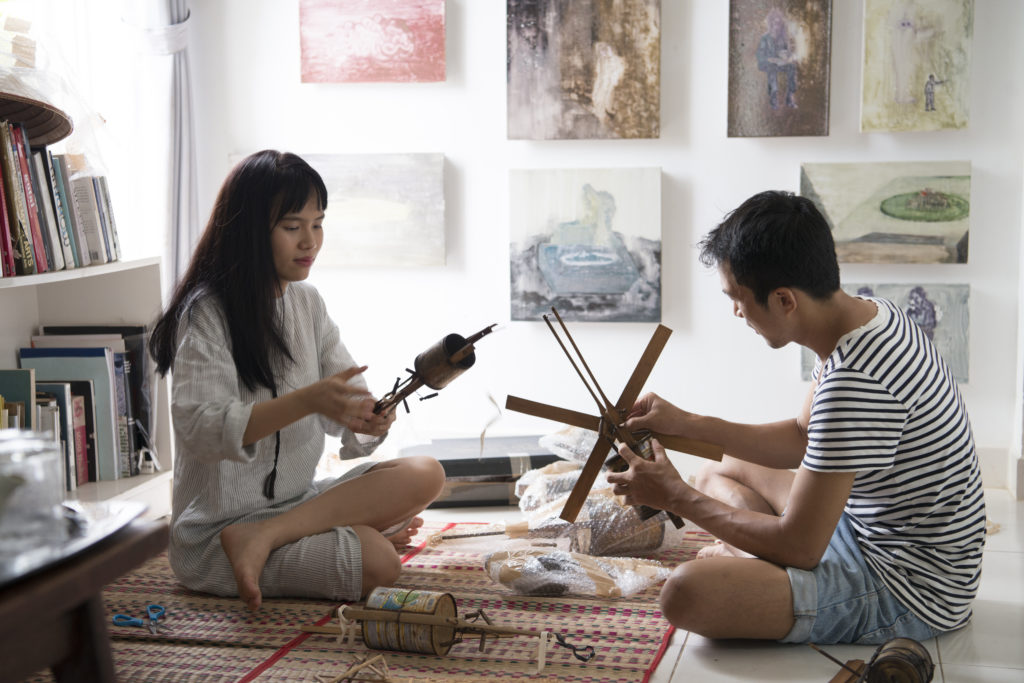
Thao-Nguyen Phan, Protégé in Visual Arts, working with her husband Truong Cong Tung (who is also part of the collective Artlabor) at Thao’s atelier.
Your art takes multiple forms. On a daily basis, how do you determine what medium works for each project?
I was trained as a painter at the Academy of Fine Arts in Vietnam, so drawing and painting formed the basis of my education. I always draw as a way of keeping a visual diary. My rigid training is a combination of French colonial art education with socialist realism influenced by Soviet art. The art school never taught other mediums, and when I was in college, installation, video, and performance were actually not allowed. Therefore, making work in other mediums such as installation and video were considered fresh and new in the Vietnamese context. My decision of mediums for each project are intuitive most of the time.
You held your first solo show Poetic Amnesia at The Factory. What was the main concept behind it and what subjects did you want to touch on?
Inspired by Joan’s unique approach to image-making, Poetic Amnesia is an experimentation of mine in creating a half-real and half-fictitious visual experience, in which the viewer embodies the role of a time traveller. Upon entering the exhibition, viewers journey through the sphere of the artwork, where boundaries between real time and fictional time, real space and fantastical space become distorted. This is manifested through the mediums of painting, drawing, sculpture, and video installation.
Poetic Amnesia is my venture into a figment of Vietnamese history, one that deals with the history of our chu quoc ngu (Vietnam’s Romanized script), and both the fantasies and the hard facts entailed. As I felt about for the remaining traces of chu quoc ngu’s celebrated father (the French Jesuit missionary Alexandre de Rhodes), fate brought me to Rome where I was able to read Bento Thien’s handwritten letter to Giovanni Filippo de Marini. In the letter, he recounted Annam’s history through a series of myths, including the Mỵ Châu and Trọng Thuỷ romance tale, as a metaphor for the love-hate relationship spanning thousands of generations between Vietnam and China. Inspired by these historical sources, I allowed myself to lift my feet off the ground, to tweak, to affix information and feelings in order to express my own perception of the multifaceted nature of the processes of archiving, altering, erasing, revising, and reconstructing human memory and its symbolic consciousness.
You like to collect objects and dissect their history and meaning. How do you incorporate them into your work?
I like objects that are not antique but have memories in a personal way. Probably because where I live, Vietnam, is a place with many burdens of history. These memories of remembering and forgetting are like intricate inlays that are embedded in objects and people’s minds. I usually transform the function and the context of the objects into installations and paintings that have narrative and formal qualities.
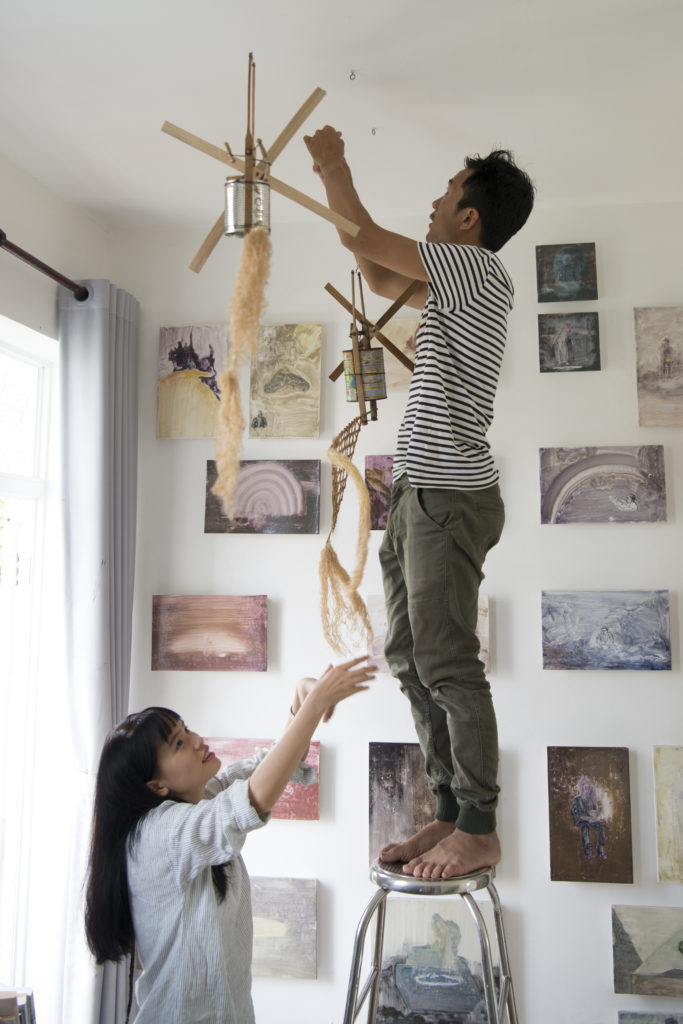
Thao-Nguyen Phan, Protégé in Visual Arts, working with her husband Truong Cong Tung (who is also part of the collective Artlabor) at Thao’s atelier.
You created the Art Labor collective. How did it come about? Was there a lack of collective initiatives in Vietnam?
Art Labor is an artist collective based in Ho Chi Minh City, which works in between visual arts, social and life sciences in various public contexts and locales. We do not produce single artworks but develop many year-long journeys during which each inspiration becomes a seed to cultivate. The seed grows – the inspiration expands and becomes a rhizome of projects and artworks.
Art Labor was initiated at the end of 2012 when three of us felt the lack of exchange and collaboration between cultural workers across disciplines. It is simply representative of our desire to gain alternative knowledge through art-making that incorporates our own production and the knowledge of people in different fields. It somehow reflects the situation in Vietnam where there is no art market, no institutional support for artists, and an environment of strict cultural censorship. Artists work together as collectives because it is urgent and necessary.
Art Labor is part of the Cosmopolis #1 exhibition at Centre Pompidou. What can we expect?
Cosmopolis is a new platform that highlights research-based artistic practices and a renewed engagement with theories of cosmopolitanism. Through micro-residencies, research, exhibitions, talks, performances, and screenings, Cosmopolis highlights a spectrum of creative approaches that are both rooted in a particular context and engage in international conversations, reflecting on cultural translation and the contextualization of knowledge.
“Cosmopolis #1: Collective Intelligence” looks at current forms of artistic collaboration. Art Labor is excited to be a part of this. Cosmopolis is not an exhibition in the traditional way, but a platform of artistic knowledge and exchange. Art Labor presents a pop-up hammock café that uses home-grown coffee from our collective member Truong Cong Tung’s parents’ farm, and sets up hammocks that are inspired by the hammock cafés on the roadsides in Vietnam as a transitional space. We also premiered Drowning Dew, a film by Art Labor in collaboration with Truong Que Chi and Do Van Hoang that reflects the stories of the mythical and industrial Central Highlands of Vietnam in seven small fragments.
Find out more about the Rolex Arts Week-end here.
Interview by Alice Butterlin.







